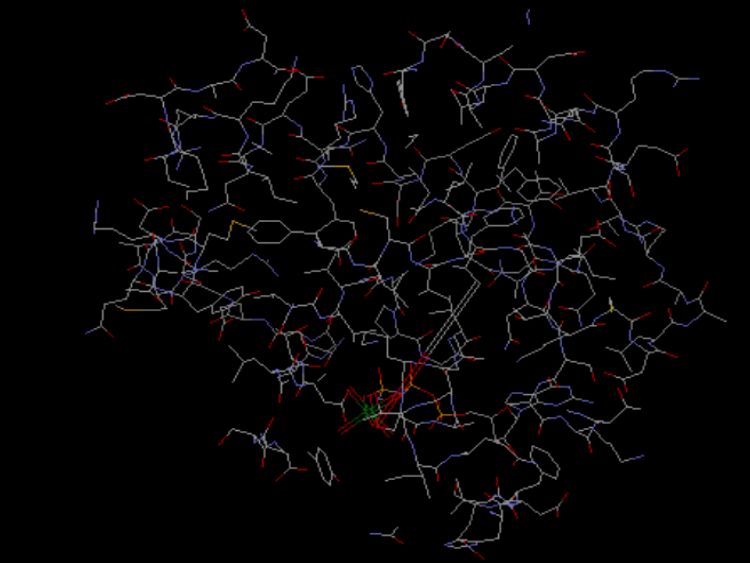|
B-cell Pathway Overview
A signal begins in the B cell when a ligand
binds to the appropriate receptor. Upon binding, the B-cell receptor
interacts with the Src family protein tyrosine kinases (Fyn, Blk, and
Lyn). After the B-cell receptors have clustered the immunoreceptor
tyrosine-based activation motifs (ITAMs) are phosphorylated in the
cytoplasmic tail of Igalpha and Igbeta chains. This process
forms SH2 domains and Syk binds to the Igbeta domain, which after
transphosphorylation, becomes activated. The activation promotes guanine nucleotide exchange factors (GEFs) and the GEFs remove GDP and
place GTP on Ras. Once Ras is activated the mitogen-activated
protein kinase (MAP kinase) cascade is activated which leads to the
phosphorylation and activation of the AP-1 family transcription factors, fos
and jun (Janeway et al., 1999).
|
T-cell Pathway Overview
In T-cells, the signaling process begins when a T-cell receptor
encounters a specific peptide and MHC molecule. Upon recognition of
the peptide and MHC, CD4 joins with CD45, removing inhibitory phosphate
groups and activating the Src-family protein kinases, Lck and Fyn. These
protein kinases phosphorylate the tyrosine residue on the T-cell receptor
(specifically the ITAMs of the CD3epsilon and CD3zeta chains).
ZAP-70 then binds and phosphorylates LAT. LAT activates Ras with the
help of Grb2 and SOS and then the MAP kinase cascade is activated.
The MAP kinase cascade follows the same pathway as the B-cell (Janeway et
al., 1999). |

